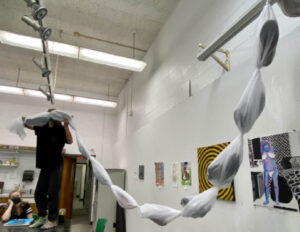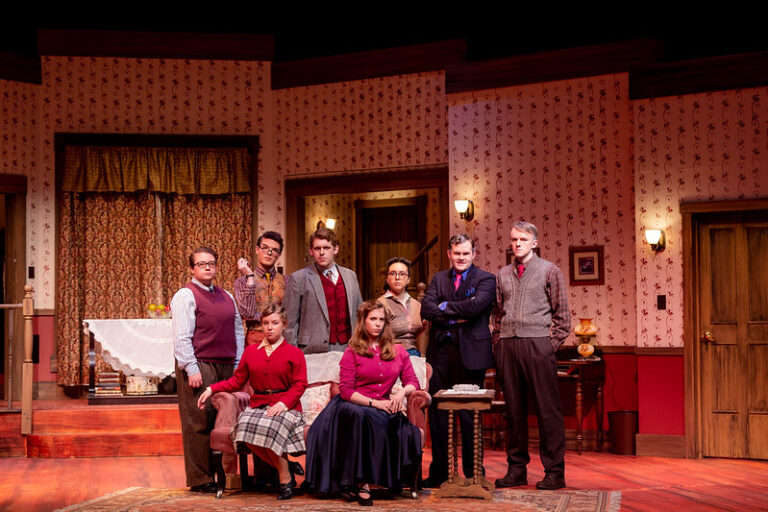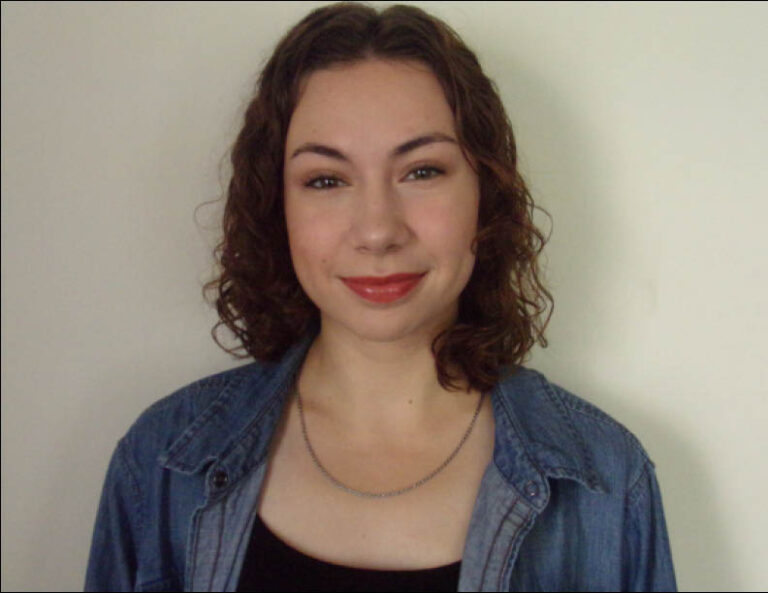An artist in a world of his own

Yuto Sesekura first flew out of Tokyo to Boston, a 13-hour flight, and then from Boston to Rutland.
“Small,” “cold,” and “nature” were the first thoughts that went through Sesekura’s head once landed in the VT.
But more importantly, was the fresh air.
“It’s tasty,” said Sesekura, recalling inhaling his first breath of fresh, pure Vermont air.
Sesekura wants to explore more than just the VT, though.
He wants to explore the Amazon rain forest. He wants to explore the deep seas, by getting into one of those machines that sends you way, way down.
Sesekura wants to try all types of food too, from all over the world, from culture to culture. Right now, Indian food is his favorite, with curry in first place.
He loves to play around with curry.
“There are so many different types of spices you can put on it to make it your own,” said Sesekura.
The 23-year-old, Sesekura was born in Nagoya, the third largest city in Japan.
The last time Sesekura saw his parents was three years ago… although he said it’s not hard not seeing them. When asked ‘do you miss them?’ Sesekura replied, “We can’t always talk, but they are my family.”
Sesekura has a younger sister by two years, but he is also not very close with her.
He says he prefers to be independent.
The art origin, and American parties
Art comes to Sesekura naturally, but he does remember one specific event when he was 6 years-old that sparked his views in the artistic world.
“My grandparents gave me a dinosaur picture book. I drew one of the dinosaurs… and it came out… really good,” said Sesekura seemingly in a shock.
High school is when Sesekura knew he wanted to become an artist. During his third year of high school, he was offered the opportunity to paint a mural for his school.
“So many people loved it,” he said.
And later that year, Sesekura’s mural won an award for “best mural made by a student.”
Phil Whitman, Sesekura’s academic advisor and professor at Castleton University, has had five classes with Sesekura over the past few years.
“He’s really, really skilled at drawing, but also coming up with these fascinating compositions and concepts,” said Whitman. “He’s also very quiet, and shy, but I could get a sense of these big ideas he had, like the philosophy and the future for humanity. He has very deep ideas.”
Sesekura says he may smoke marijuana occasionally, as part of the creative process.
“In the process of making art, the first step is you get inspiration, and that’s where weed comes in for me. I get a lot of inspiration when I’m high,” he said “Normally, I’m stuck in my head, and when I’m high it gets worst. I get stuck in my head even more, but a lot of ideas come to me. I’m in my own world.”
Sesekura recently went to his first American party, stepping outside his comfort zone.
“It was the craziest experience ever. It was how I excepted America to be,” Sesekura said. “Someone literally flew on me. Someone just flew, it was crazy, it was so American. There’s not that kind of partying in Japan, where people get together and drink, and smoke, and dance. It’s so different. I like the difference, but personally, it’s fun to go to parties but not every weakened. It’s too much for me, it’s overstimulating.”
The plan
When Sesekura first came to the states, he thought of freedom, “land of the free.” But to Sesekura now, this is only partially true.
“It’s more like … just another place,” said Sesekura with confusion on his face. “If I ended up going to college in Japan, it would be a really different experience. I think I would like it less.”
In Japan, there are no art classes offered in college, only specific fields. Sesekura loves the liberal arts programs offered around the country in the U.S., but especially Castleton.
He is a senior at Castleton University, and already has his life planned out after his chapter in Castleton ends.
“I want to go to graduate school, MIT. I want to learn art and technology. I want to stand on the intersection of art and technology. I’m going to fund my own company. I came up with a product I really want to create,” he said.
Sesekura has a fear of not accomplishing something before he leaves this planet. So for starters, he plans to design a piece of clothing that is cloth, but is also a screen that is able to display any type of graphic. This piece of clothing is to be interactive with you and can learn from you. The clothing communicates with the people around you. It knows when to change clothing graphics based on the scene you are attending.
Sounds crazy, perhaps, but don’t bet against him.
“No back up plan, that’s what I want to do. I already decided this is what I want to do,” said Sesekura with determination.
Food is art too
Sesekura also loves cooking, and to him cooking is an art form too.
“Art art, is art for eyes, music is art for ears, right…? You see where I’m going…? Food is art for your tongue,” said Sesekura.
Sesekura also enjoys listening to old rock. He loves The Velvet Underground, and he loves listening to music when making art, but recently “my Apple subscription ended, so no more music for me, my card expired,” Sesekura said laughing.
Cultural differences are imbedded in Sesekura, with food, and music, but also similarities.
“I first noticed food is different, but not just the food, the culture around it. Like throwing away food here in America is totally normal. If you leave some food on your plate, you just throw it away… That doesn’t happen in Japan. It’s considered very rude. It doesn’t matter if you like it or not, you have to finish it,” said Sesekura with a stern look.
Along with Japanese culture, Sesekura sees food much different than Americans do.
“I see food in a cultural scene. We have a spiritual connection with food and nature. Food is what connects humans and nature, because food comes from nature,” he said.
One of Sesekura’s friends, Lou Padilla, a freshman at Castleton, connects with Sesekura.
“What makes Yuto so interesting is how well he is able to adapt into a completely different atmosphere considering education, friendships, and livelihood. It’s truly inspiring to connect with someone coming from across the globe and learning about their Japanese culture and how we have similarities,” he said.
Learning about love, nature
Sesekura hates accidently hurting people, and he has before.
“Past relationships were hard,” Sesekura said.
But he is also kind. He may be soft spoken and may be shy, but is a one of a kind.
He’s gone ice skating on a frozen river with his crush. He spent a month in Boston, to soon leave for Vermont.
During his month there though, he found his crush. The one who he went ice skating with… She was the girl who he would soon cry in front of. A girl who he would never see again.
But now in Castleton, living in a small, cold apartment, he has moved on. He has learned, and he is ready to try again.
His home may be a slight mess, with art all over, and dishes to be cleaned, with a pile of dirt from shoes at the front door, but he gets by in all the clutter.
And Sesekura said he learned something very important, and at a young age.
“The world is deeper than I imagined. I knew the world was a wonderful place since I was a little kid. I used to play in the forest and climb trees. But I really learned nature was beautiful, but also, there is still so much more out there,” he said.








